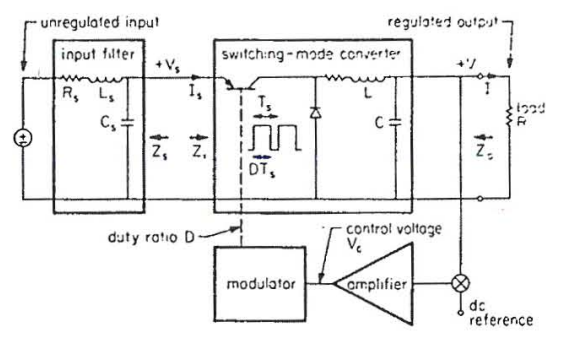Design Center
RidleyWorks Part 8 - Designing Transformers with RidleyIQ
Using RidleyIQ to design the transformer for a power supply. It's the most advanced magnetics designer available.
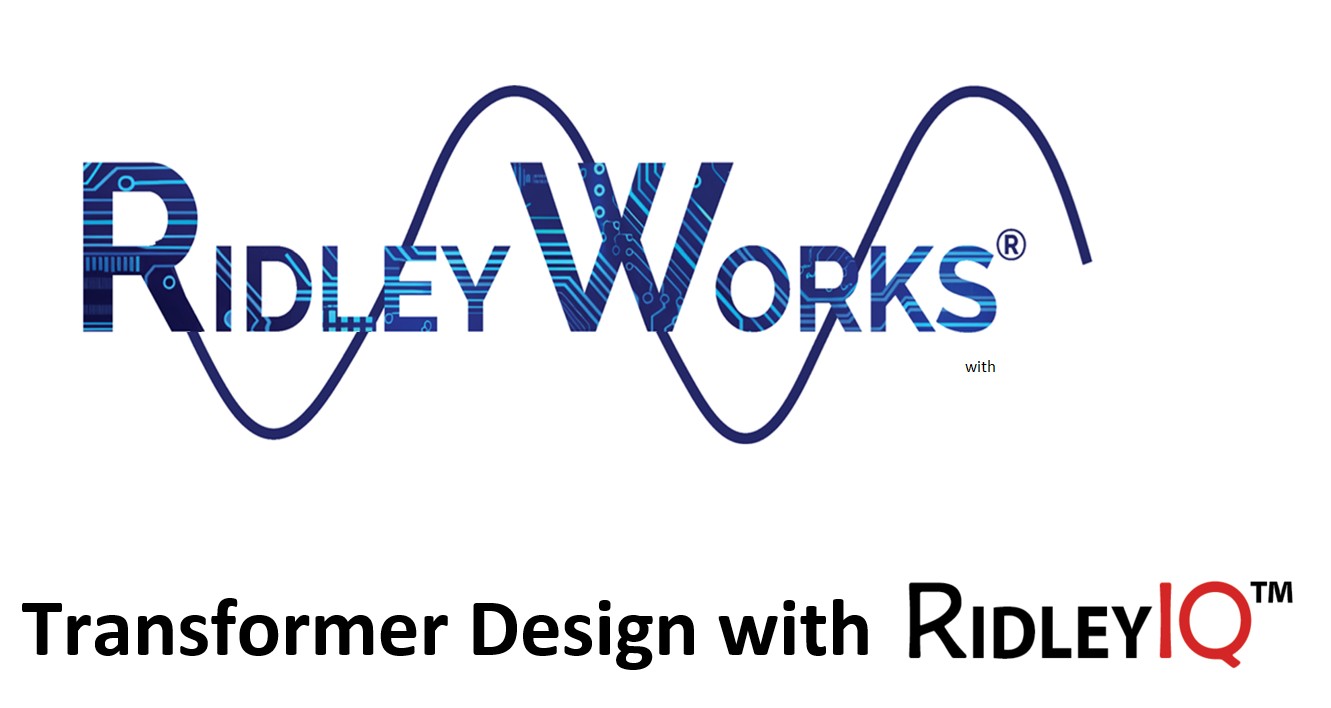
RidleyWorks Part 7 - Designing Inductors with RidleyIQ
Using RidleyIQ to design the inductor for a power supply. It's the most advanced design process available.
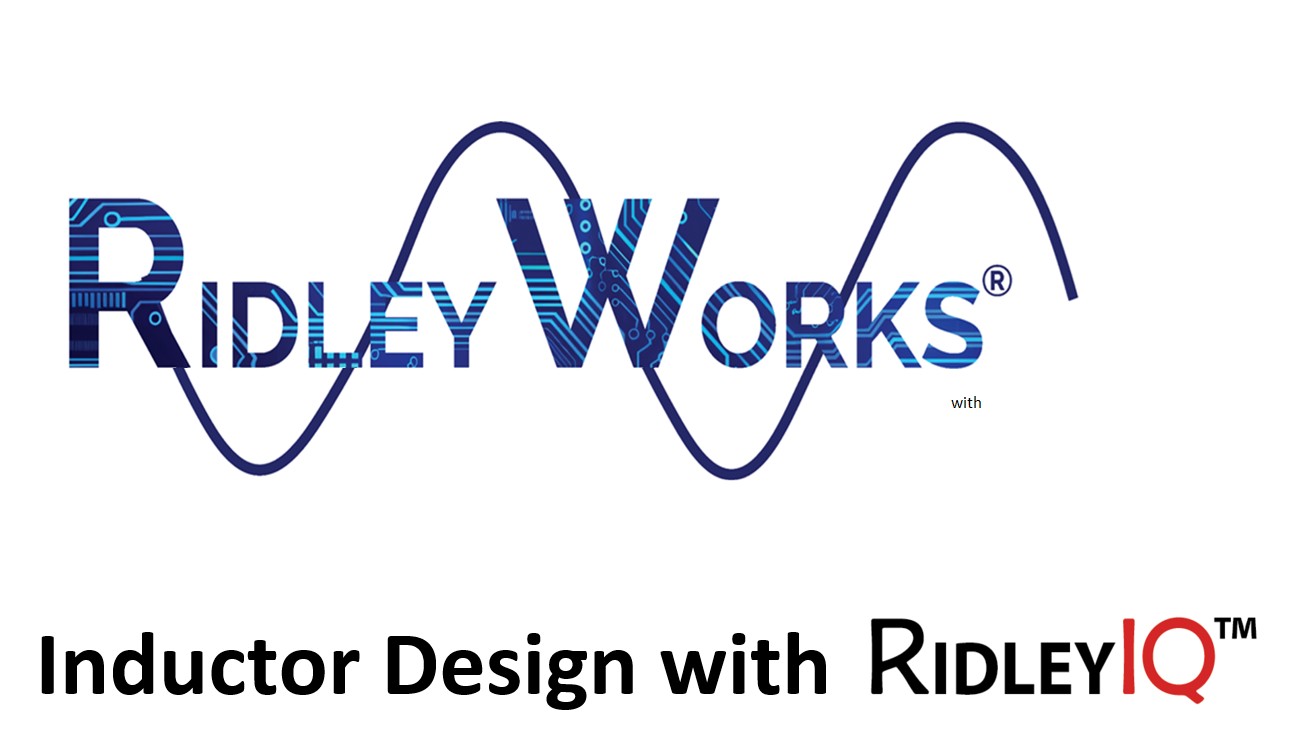
Flyback Converter Design Webinar
Dr. Ridley discusses the multiple design options available when designing the ever-popular flyback converter.

Control Design For Power Supplies
Dr. Ridley explains the relationship between analysis, simulation and reality.
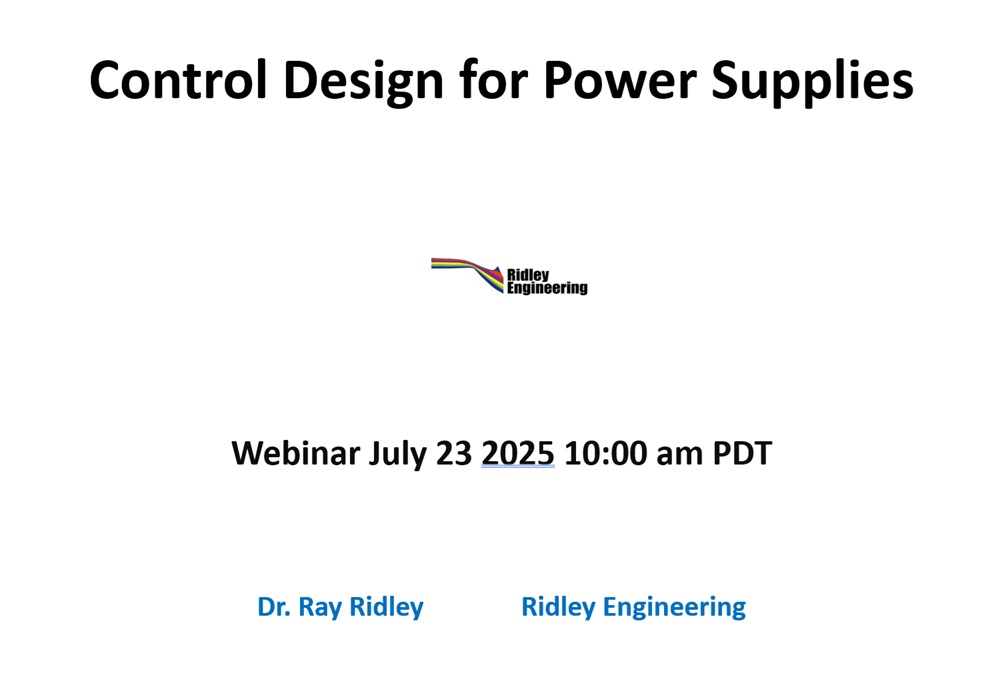
Power Supplies A to Z 3rd Edition Maniktala and Rosano
A seminal work on power supply design in the modern age from two of the best in the business.
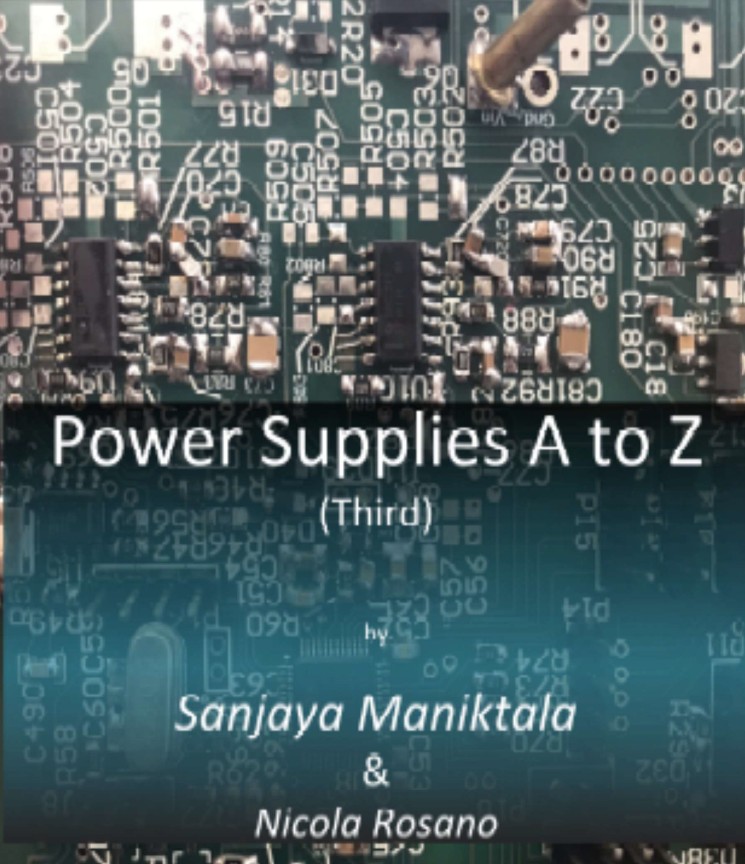
Multiphase Converters - Dr. Ridley Master's Dissertation
Dr. Ridley's original 1986 thesis on control of parallel modules.
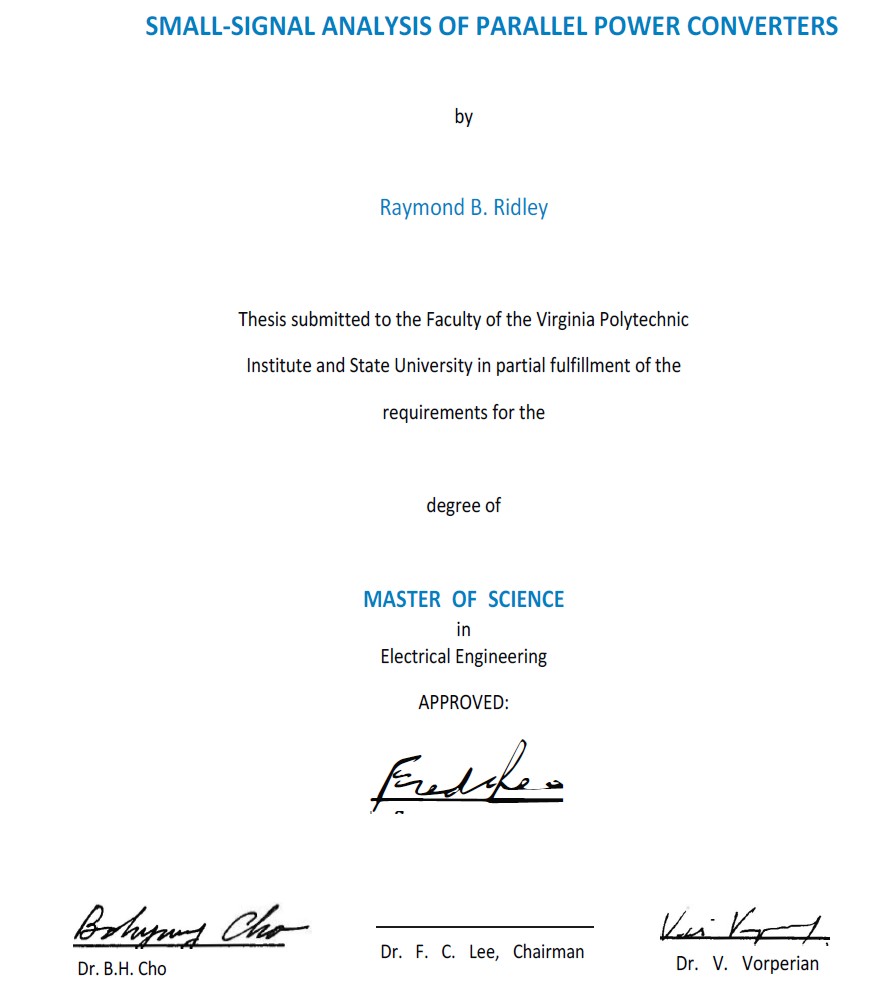
RidleyWorks Part 1 - Topologies & Simulation
Dr. Ridley discusses the topologies and simulation options inside RidleyWorks.

RidleyWorks Part 2 - Multiphase Converters
Dr. Ridley demonstrates how to design multiphase converters.

RidleyWorks Part 3 - Conducted EMI Simulation
RidleyWorks is coordinated with LTspice to provide conducted EMI measurements

RidleyWorks Part 4 - Magnetics Core Loss Models
Dr. Ridley talks about the unique magnetics core loss model generated by RidleyWorks for use with LTspice.

RidleyWorks Part 5 - Output Capacitor Selection
A demonstration of the multiple constraints that determine the choice of the output capacitor for a converter.
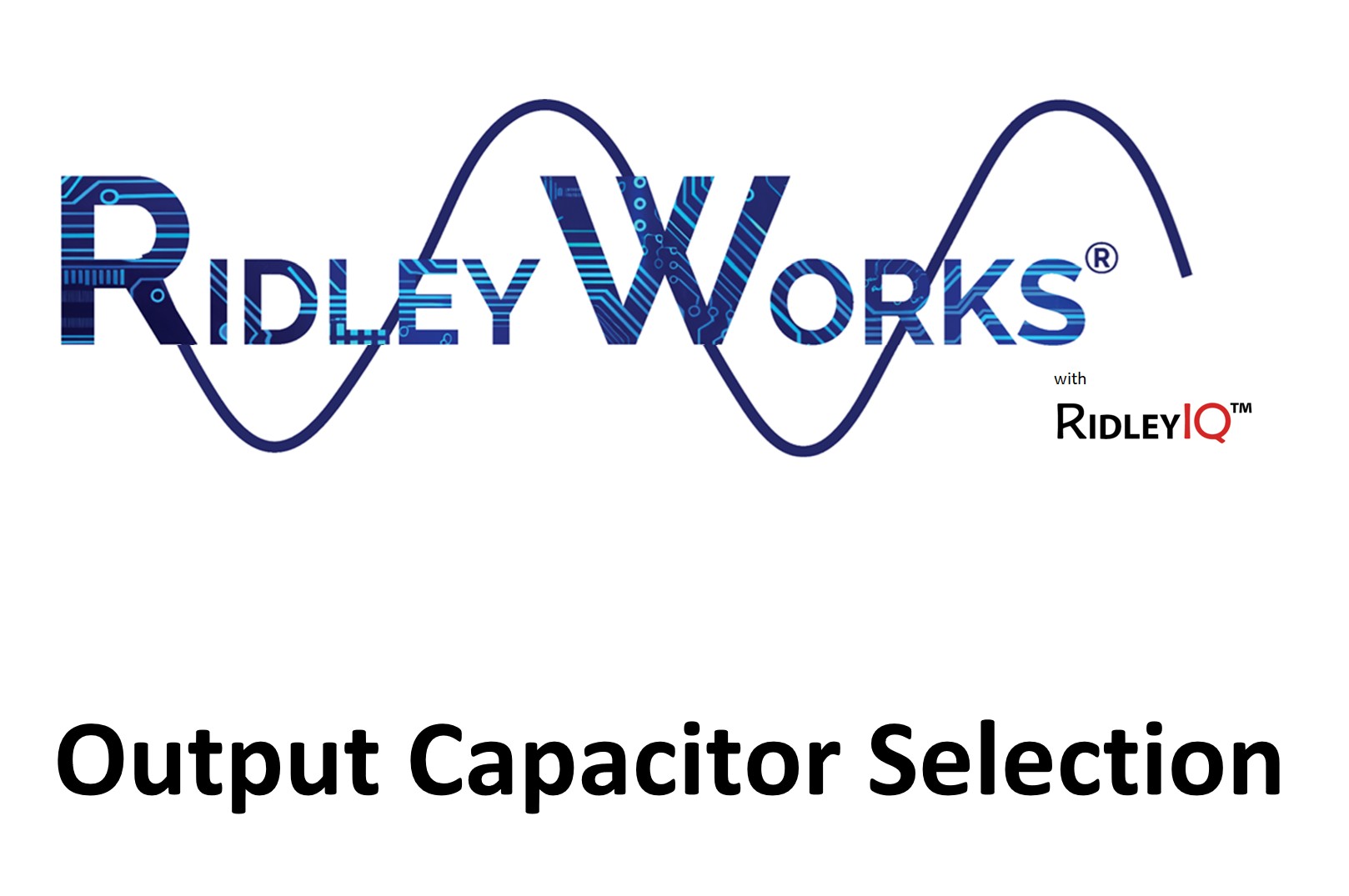
RidleyWorks Part 6 - AC Winding Resistance
Solving the AC resistance, one of the most complex topics in power converter design
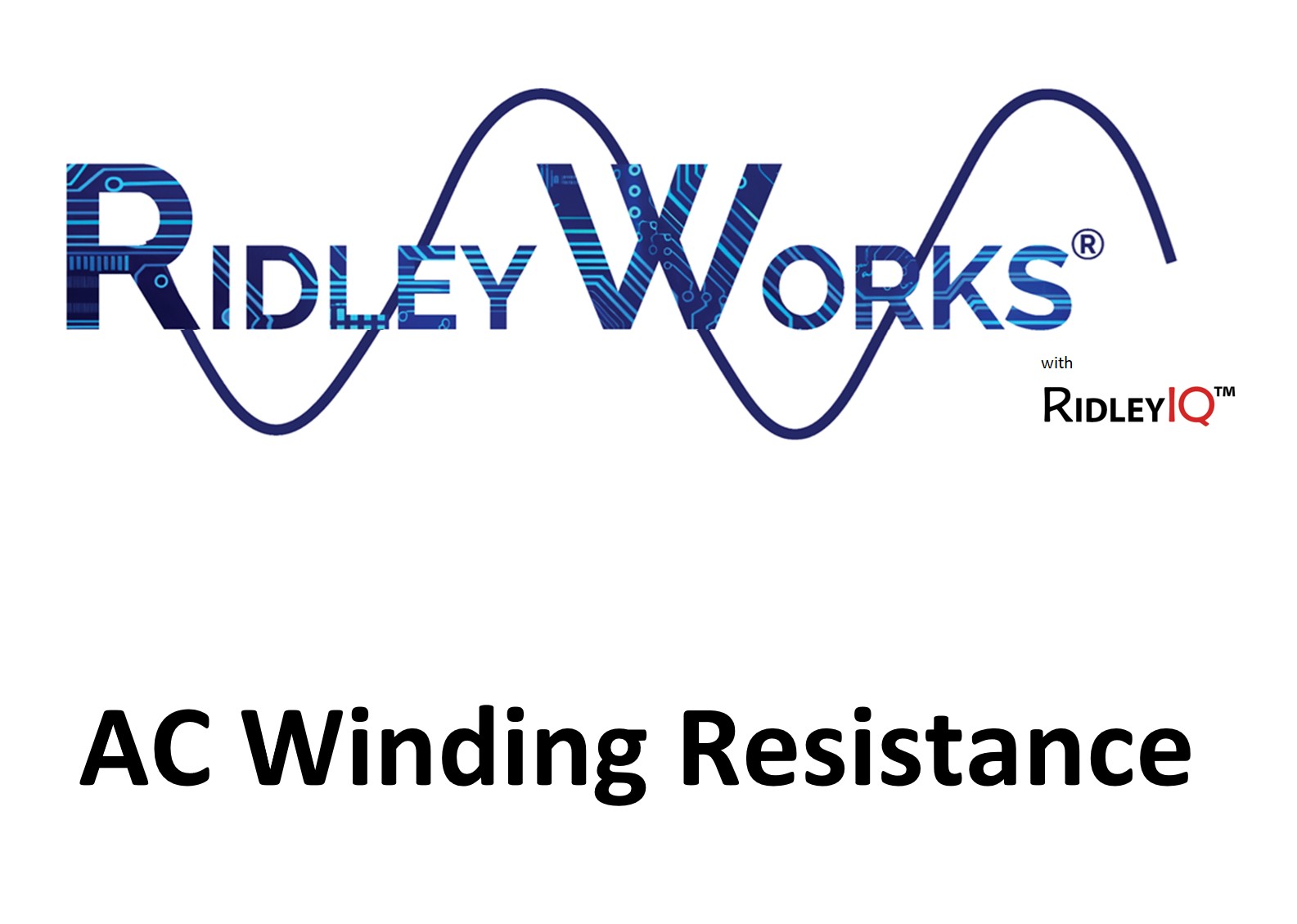
RidleyWorks Part 9 - How the Simulator Works
Dr. Ridley talks about the unique cycle-by-cycle simulator that is built into RidleyWorks

Advanced Inductor Circuit Modeling Video
For the first time, we provide accurate simulation models for production magnetics. Losses can be simulated for any topology and waveforms.
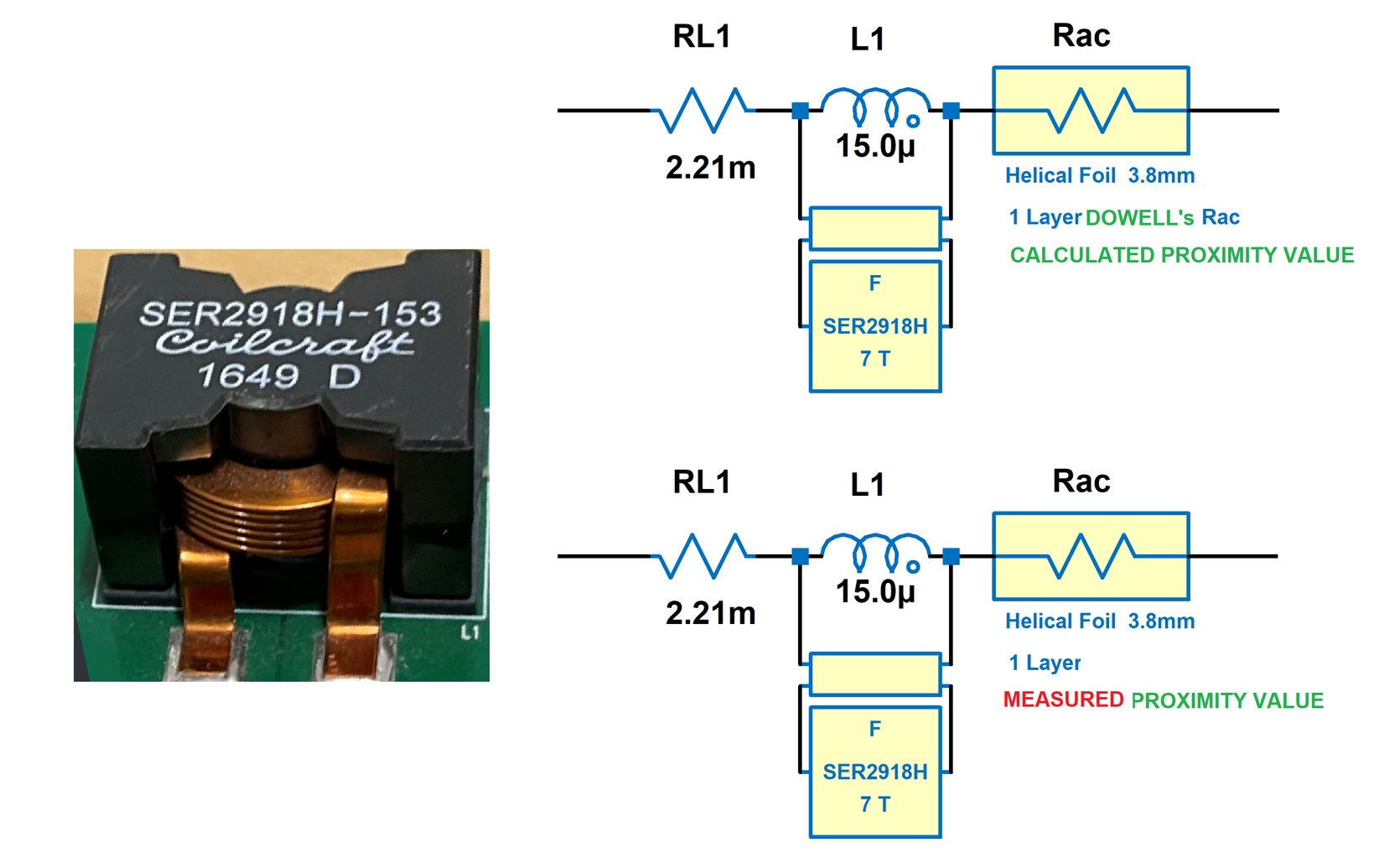
Advanced Inductor Circuit Modeling - Part I
Advanced LTspice circuit models for a helical-foil inductor. Circuit simulation closely matches measured results.
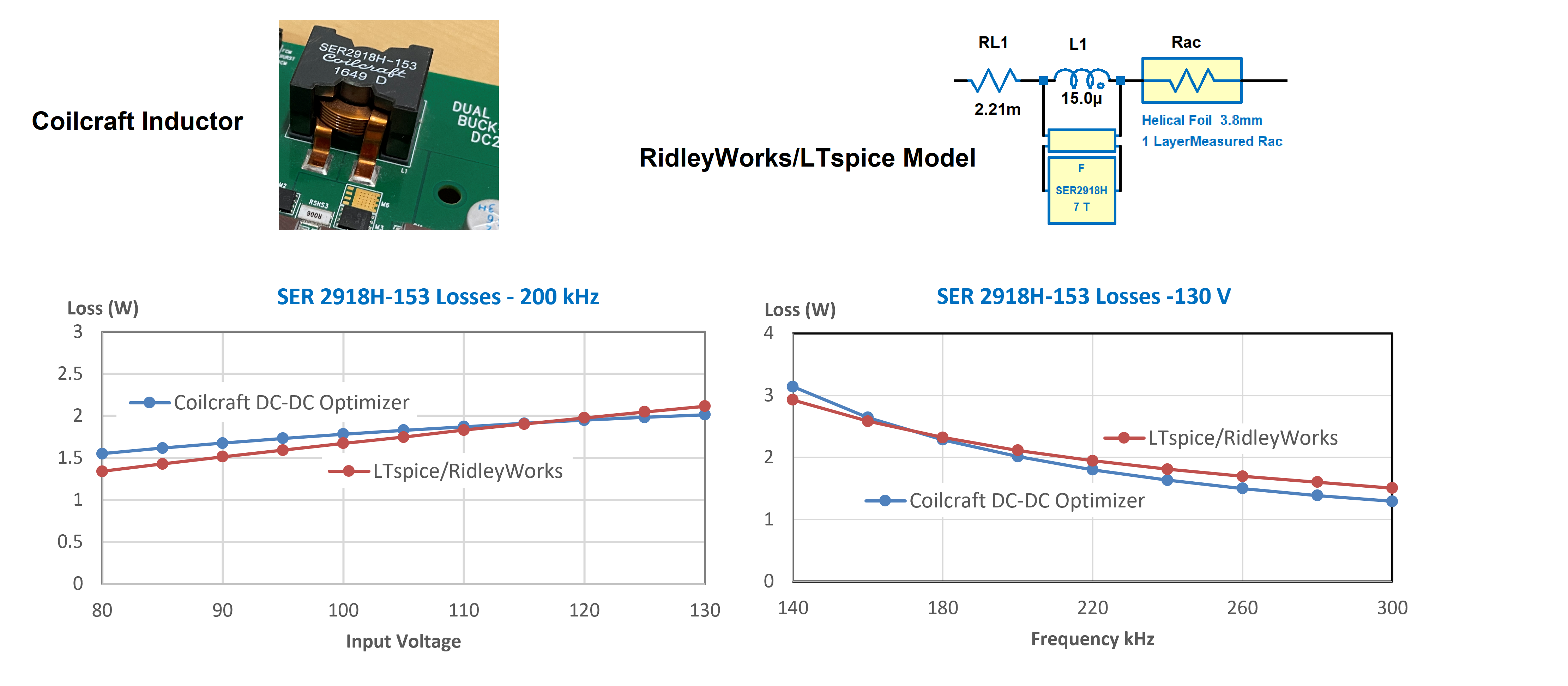
Advanced Inductor Circuit Modeling - Part II
Advanced LTspice circuit models for a helical-foil inductor. Lab measurements of ac resistance capture gap loss and provide accurate results.

[A23] PFC Small-Signal Analysis
Average Small-Signal Analysis of the boost power factor correction circuit. Originally published 1987 in a VPEC Seminar.
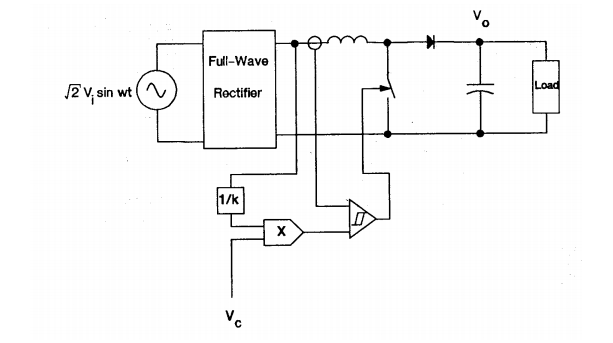
[113] High-Performance Loop Sweeps in LTspice
Part I: Learn how to emulate the RidleyBox and AP310 Analyzers in LTspice®.
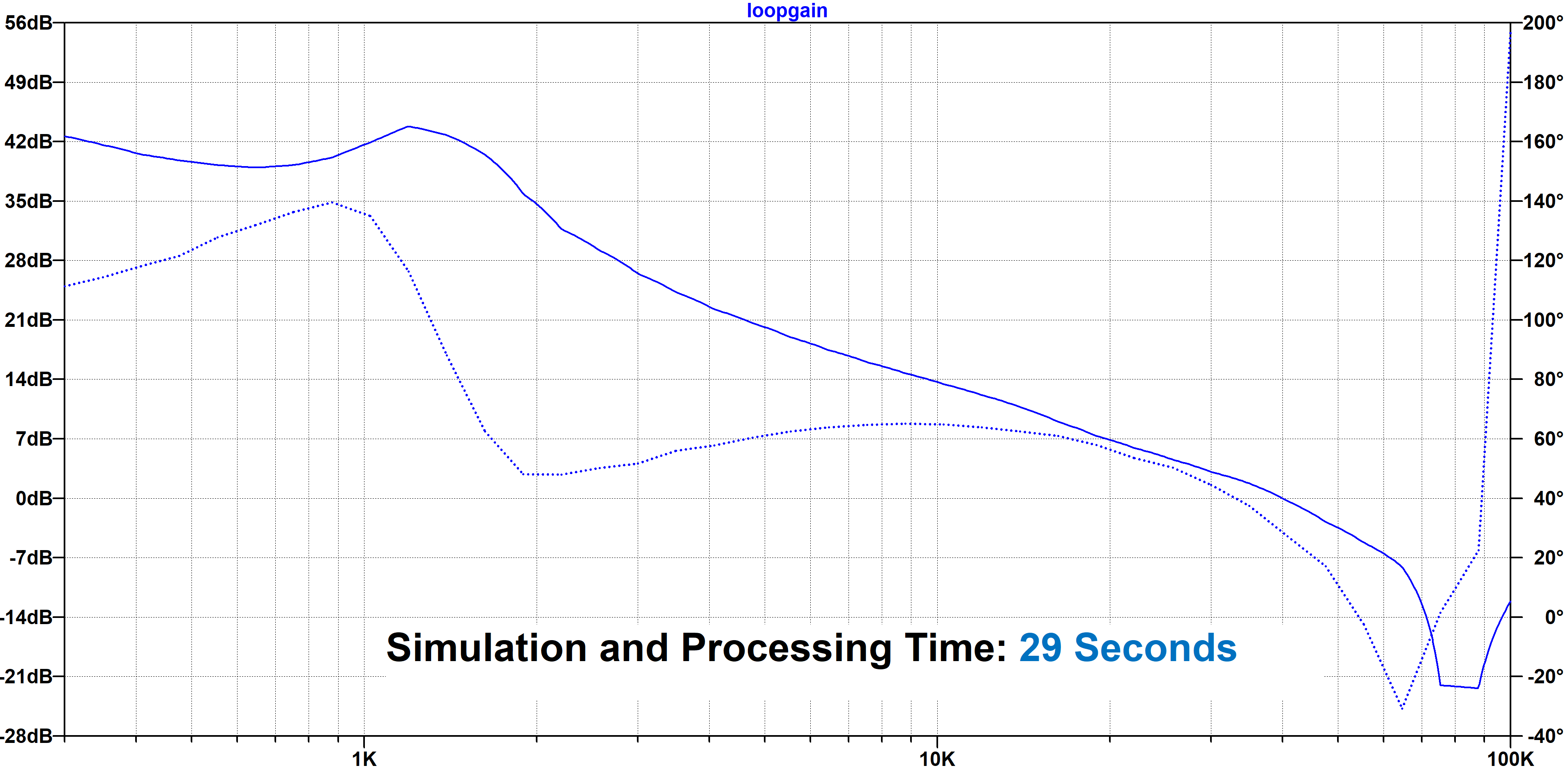
Input Filter Magic
50 Years ago, Dr. Middlebrook, showed how the impedance of the input filter will interact with a switching power supply to cause instability. Dr. Ridley shows a new way to control the input filter to make the system stable.
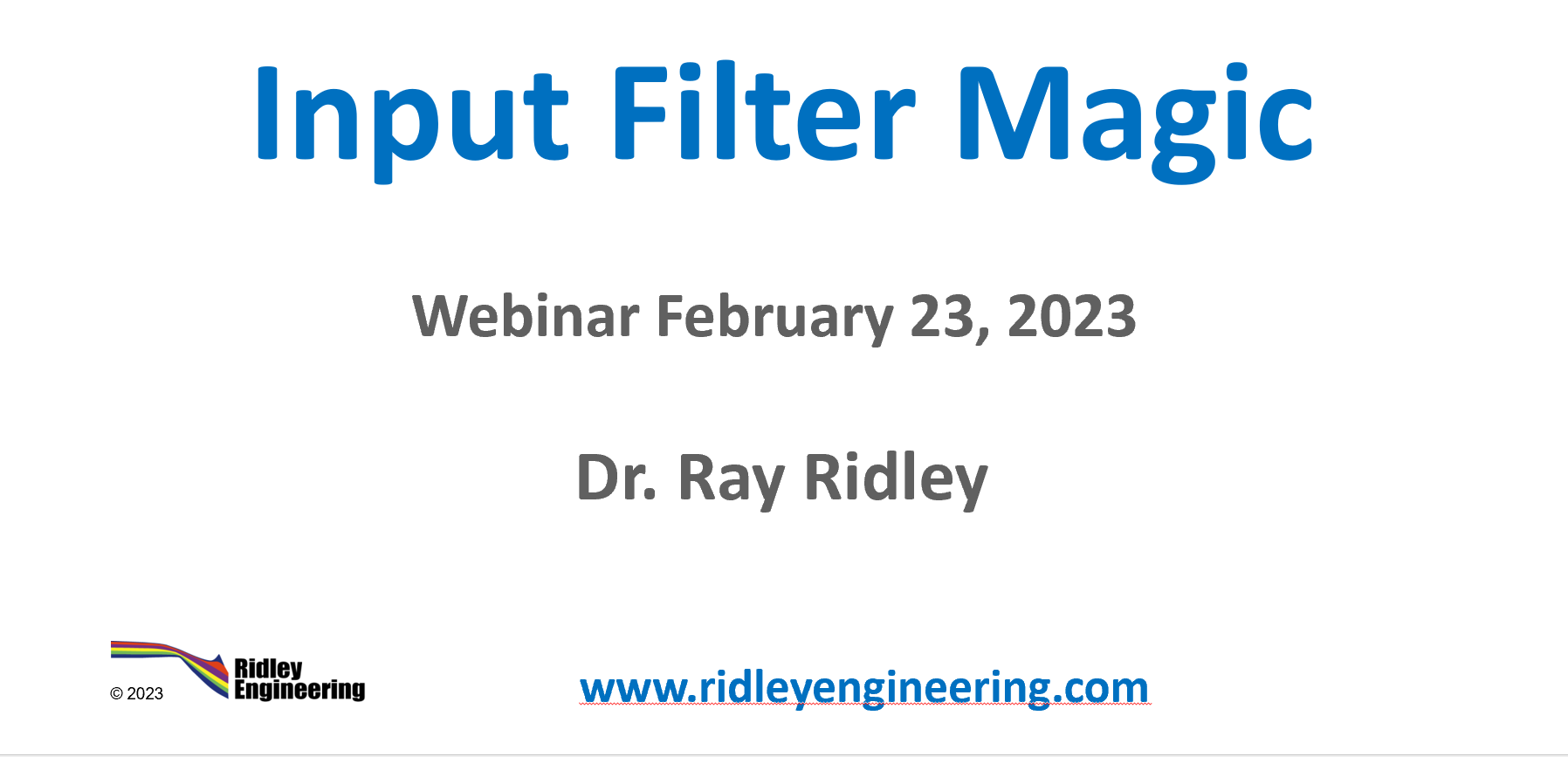
Middlebrook1976
Middlebrook's original 1976 paper on input filter interactions. Make sure you design your filter properly to avoid interactions with your switching power supply.
